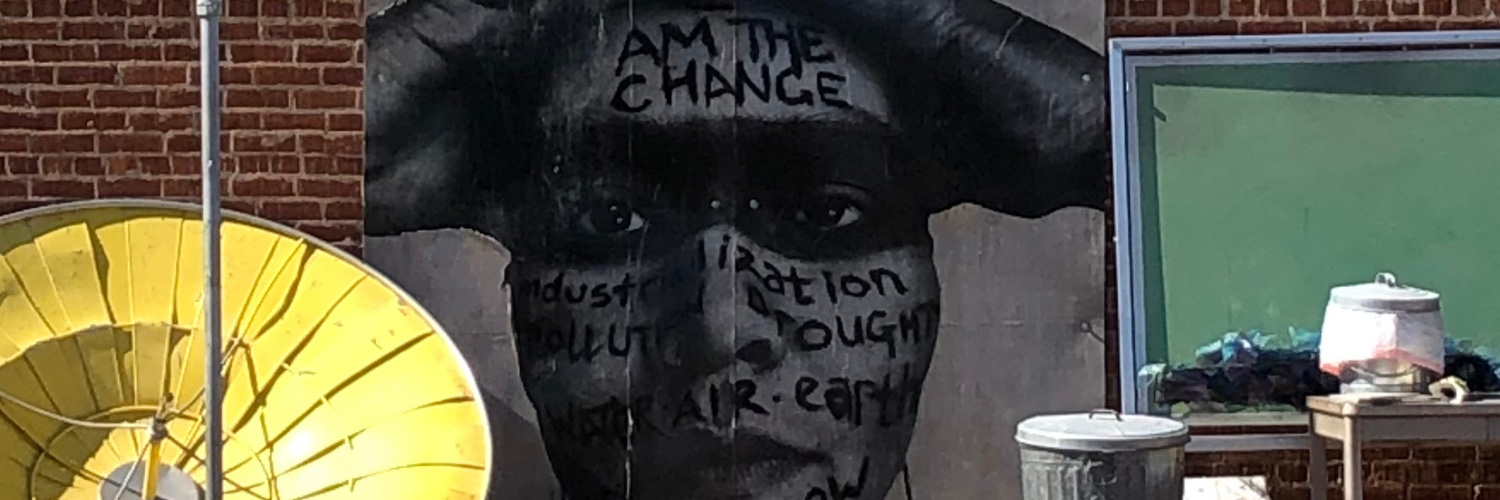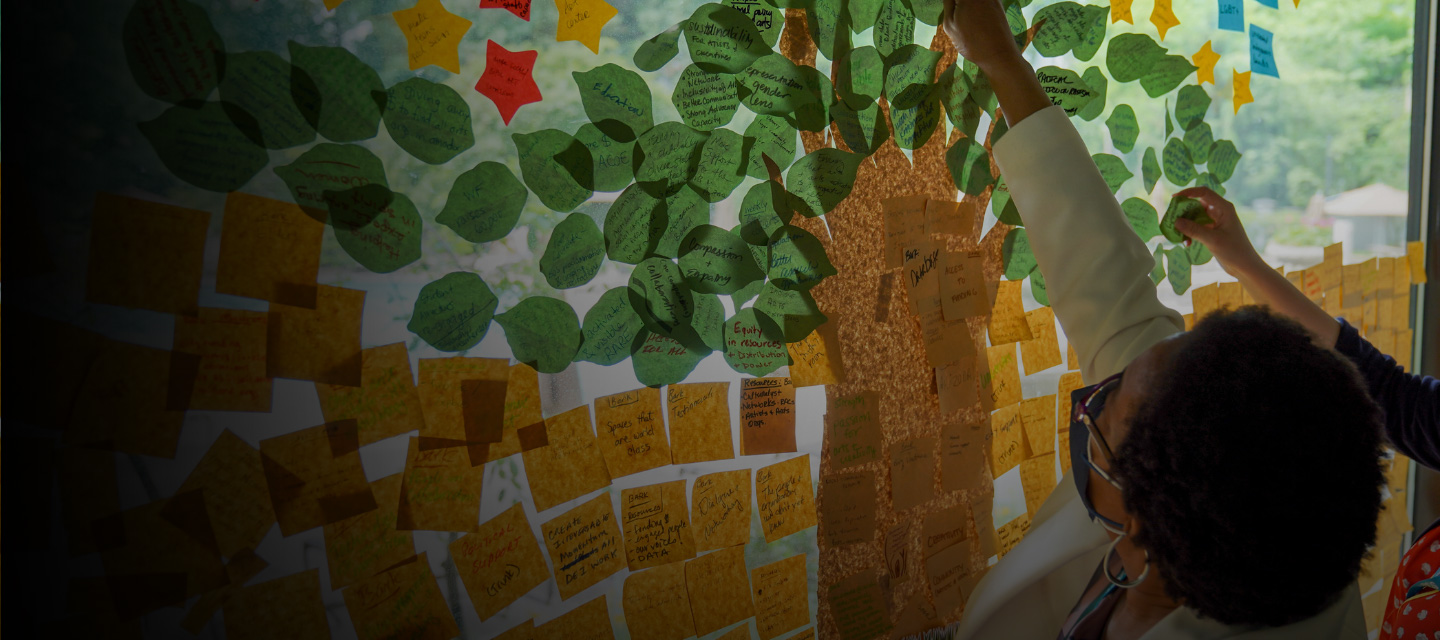
Introduction
The Cultural Week of Action on Race and Democracy will take place Monday, November 10 to Friday, November 14, 2025.
During the Cultural Week of Action, participating communities across the country will host local events to advance a just, multiracial democracy.
When we examine our country’s history, we see the stories of everyday people taking action to make this country live up to its professed ideals. But with each victory—from Reconstruction to Civil Rights to today’s movements for equity and racial justice in our institutions—has come backlash.
In the face of this backlash, we are coming together in towns, cities, counties, and states across the country to honor the legacy of these victories and to continue the fight for a truly just, multiracial democracy, where all people thrive.
Culture is how we come together – both in the past and present – and artists and creatives have always been central to culture making. Now, more than ever, we need culture makers to help us all develop the empathy, awareness, and solidarity to resist polarization and take collective action to build a strong multiracial democracy and advance racial justice.
That is why we launched the Cultural Week of Action on Race and Democracy.
Through arts, culture, and creativity, the Cultural Week of Action on Race and Democracy will spark conversations that touch on history, how it shapes our present, and how everyday people are organizing to build an equitable and racially just future. These events will also inspire action that community members can take together to create a truly, just, multiracial democracy — starting in their own neighborhoods.
For questions regarding anything in this informational guide, contact [email protected].
Why a Cultural Week of Action on Race and Democracy:
No matter what we look like or where we come from, most of us want the same things: A safe neighborhood to live, work, and play. A place where we feel that we truly belong, where we are free to be fully ourselves, and where all of us, across races, genders, economic status, backgrounds, and zip codes, have the means to pursue our dreams.
This is a vision of a just, multiracial democracy, where everyone has the freedom and resources to thrive.
How do we work together toward this vision?
In her book The Sum of Us, Heather McGhee tells the story of two pools:
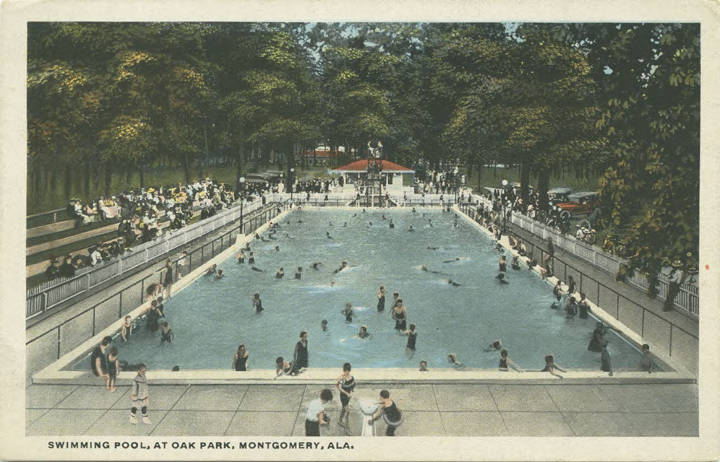
In Montgomery, Alabama, Black people organized to integrate Oak Park Pool, one of the biggest public pools in the U.S. at that time. Instead of integrating the pool, the county drained it. It was a loss for everyone in that county.
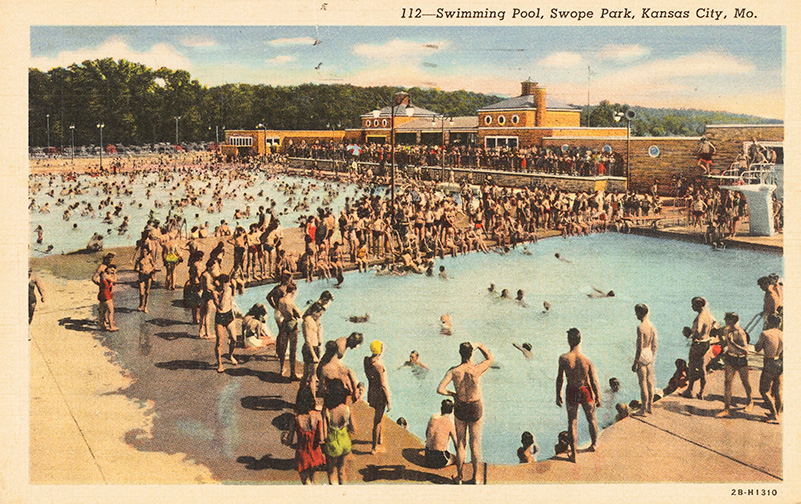
Similarly, in Kansas City, Missouri, when Black swimmers fought to integrate the pool, the city closed the pool. However, it reopened in 1954, integrated. The public pool stands today and is shared by neighbors from all walks of life.
This story shows what a just, multiracial democracy could look like if we advance equity and racial justice and in doing so “refill the public pool” for everyone.
What if we learned from the mistakes of the past and made sure everyone has access to the “refilled pool of public goods” that help us all thrive: public schools, parks, healthcare, transportation, and more?
At a time when well-funded and coordinated attacks on racial equity and democracy are stoking racial and gender divides to shut down public goods and thwart our democracy, everyday people are standing up and fighting back:
- Students and parents fighting for honest and equitable education in their public schools;
- Community leaders reimagining safety by organizing for safe, quality homes for all, after-school programs, and good paying jobs;
- Local organizers fighting for social housing, particularly in historically redlined neighborhoods;
- Youth running for local office to advance environmental justice in communities of color;
- Communities working with public stewards in government to make sure that racial equity is part of policies, practices, and budgets;
- Local artists and organizers telling the truth about our country’s past and present by leading campaigns to topple Confederate statues and telling the story about our future through new memorials and monuments.
These stories carry the echoes of those before us who took action to make this country live up to its professed ideals—from Reconstruction to Civil Rights to Stonewall. Those echoes are memorialized through arts and culture, which have always been the heart and soul of movements for change, from the art, books, and music of the Harlem Renaissance to the art of the 80’s that spoke truth to power at the height of the AIDS crisis and the War on Drugs. Today, artists, cultural workers, and other creatives are continuing this legacy by revealing the truth of our past and present, bridging divides1, and imagining what a just, multiracial democracy looks like.
Now, more than ever, the work of artists and cultural workers is essential to realizing a just, multiracial democracy. Culture is how we stir hearts and minds. It is how we develop the empathy, awareness, and solidarity to sustain our movement for a just, multiracial democracy for decades to come.
This is what the Cultural Week of Action on Race and Democracy is about. It’s about creating a culture where we can:
- Learn about our history and how it shapes our present;
- Listen to the people most impacted by injustice in this country about how we advance a vision of a just, multiracial democracy;
- Center the work of artists and cultural workers to bridge divides and build empathy, awareness, and solidarity towards our vision;
- Spark collective action to advance racial justice, so that we can make our vision into a reality.
- ^ According to research conducted by Americans for the Arts, seven in ten Americans agree that the arts provide shared experiences with people of different races, ethnicities, ages, beliefs, and identities (gender, political, national origin, etc.) Two-thirds say that the arts help them better understand other cultures in their community.
The Theme for the Cultural Week of Action is “Building The Bigger We.”
What is the “Bigger We?” Simply, the “Bigger We” is us.
The “Bigger We” is a vision about who we can be when we recognize that we are diverse — across race, class, gender, sexual orientation, religion, ability, language, and more — and that we are interconnected. And because we are interconnected, we understand that equity and racial justice are a benefit to all of us, across our identities or backgrounds.
What does the vision of a “Bigger We” look like in your community, and how do we build it together? This is the theme that participating sites will interpret through their events.
At Race Forward and Americans for the Arts, we believe that building the “Bigger We” means:
- Learning the truth about our past and present and how the rules of society—both past and present—have excluded or discriminated against people because of their race and other identities.
- Building a shared vision of their neighborhood that includes how advancing equity and racial justice would be a benefit to everyone.
- Centering the essential work of artists and cultural workers to help us build empathy, awareness, and solidarity with one another.
- Activating neighbors to participate, shape, and lead in government and other civic institutions (our schools, roads, buses, parks, clinics, etc.) so we can “refill the public pool” of goods that benefit all of us.
Examples of Arts and Cultural Features:
Some examples of art and cultural features that would make excellent projects for the Cultural Week of Action include:
An exhibit showing the history of racially discriminatory housing practices in a town, city, or county, and creating a participatory art project to imagine what an integrated town would look like.
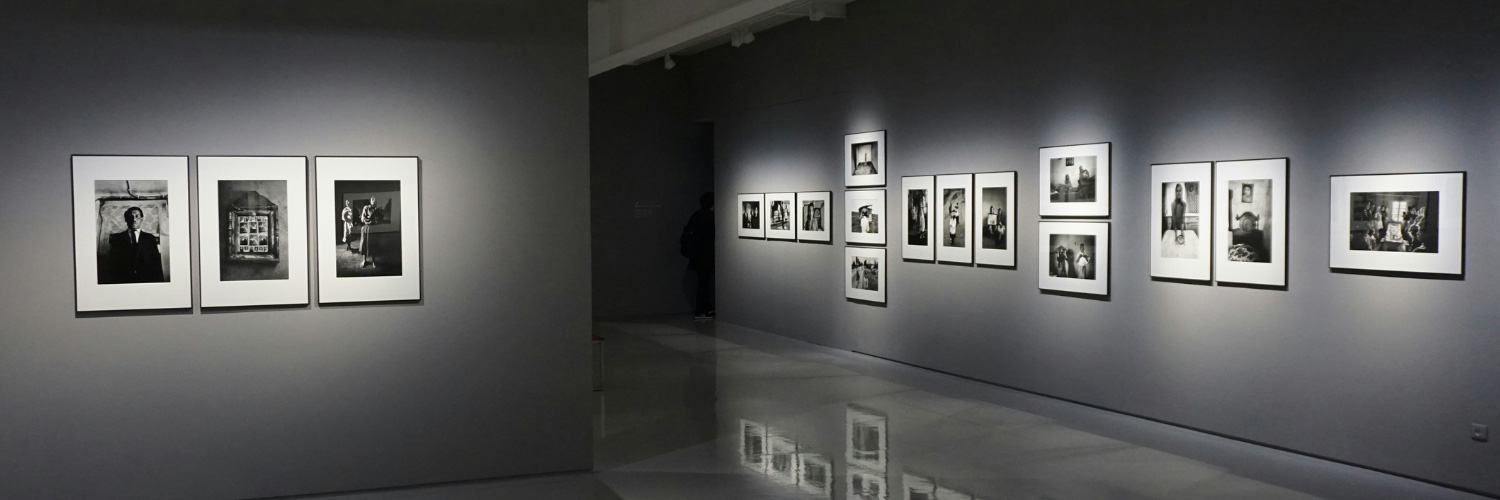
A story slam where storytellers share a personal story touching on the theme of “Building the Bigger We” and what it means for the town, city, county, or state.
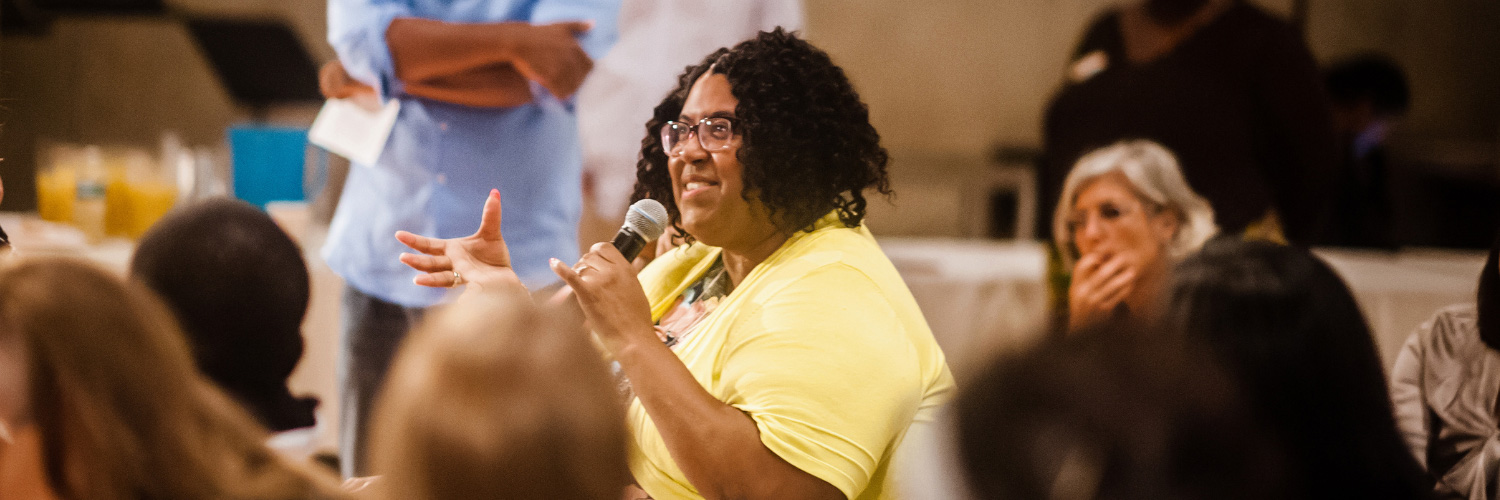
Cultural performances that elevate indigenous sovereignty and how indigenous values help us imagine a “Bigger We.”
A public discussion about the toppling of public monuments commemorating Confederate and colonial leaders and an exhibit of what would take their place to support a multiracial democracy.
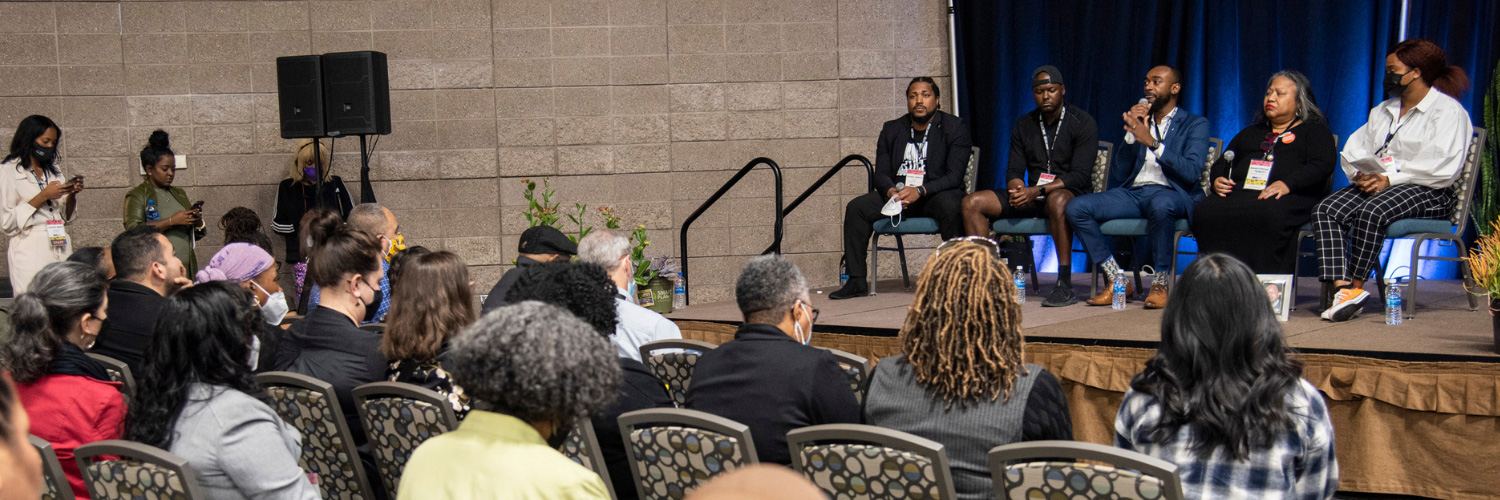
A Poet Laureate conducting conversations that touch on the need for racial and gender equity in public schools and inspiring young people to write their own poetry which is then produced into a poetry slam on race and democracy.

Billboards and/or public transportation posters that share art that inspires an expanded democratic practice.
A gathering for a new mural that catalyzes a conversation about participatory budgeting.
